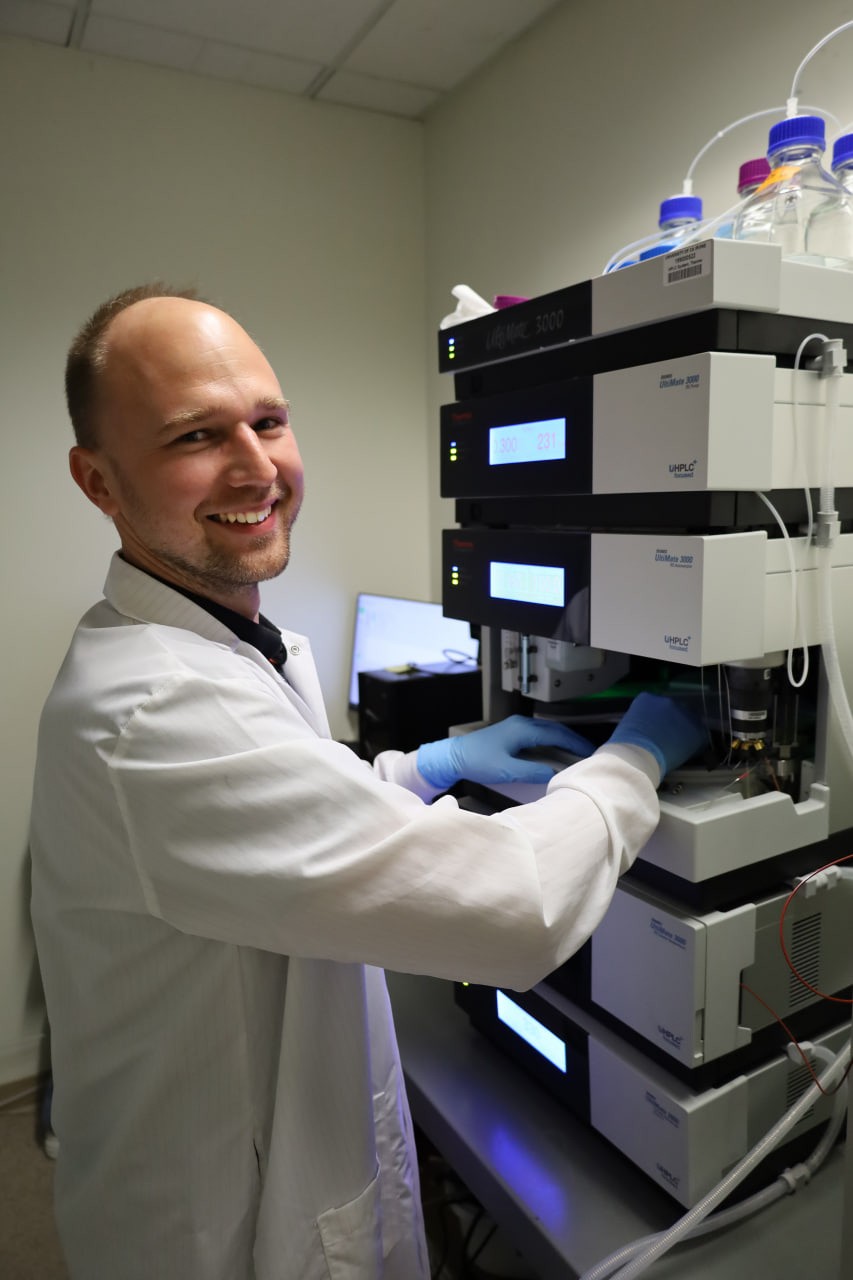
According to the CDC, Age-Related Macular Degeneration (AMD) affects 19.8 million Americans over the age of 40. Similarly, Retinitis Pigmentosa (RP) is one of the most common causes of inherited blindness. These diseases have a detrimental impact on the quality of life of the people who suffer from them. Still, there's a new treatment approach for the first time in years thanks to Dr. Dominik Lewandowski, a biomedical scientist from the University of California, Irvine.
Dr. Lewandowski has been studying life sciences and conducting research in the field for over 13 years now. He has a Master of Science in Biotechnology from the Poznan University of Life Sciences in Poland and a Ph.D. in Biochemistry and Molecular Biology from the Polish Academy of Sciences. His doctoral research centered on the interactions between Lyme disease bacteria and its vector, in this case, the black-legged tick. He began analyzing how the bacteria that causes Lyme disease, Borrelia burgdorferi, collected in the ticks' gut to get ahead of Lyme disease transmission from ticks to humans. He found that a protein in the gut of the ticks, TROSPA, could be created in a lab and used to orally immunize rats, showing its potential as a vaccine ingredient.
In the same way, Dr. Lewandowski's doctoral research leaned on even the smallest of interactions between Lyme disease and the ticks, the same method could be used to understand other complex systems. In his case, the retina became his focal point. Using his background in molecular and structural biology, Dr. Lewandowski set out to develop novel treatments for retina degenerative diseases, such as AMD and RP. Both AMD and RP are debilitating, and in bad cases, they can even lead to blindness.
While working as a postdoctoral fellow under Dr. Palczewski, Dr. Lewandowski discovered that the build-up of ceramide lipids in the retina and retinal pigmented epithelium was causing photoreceptors to die. He repurposed desipramine and L-cycloserine, an FDA-approved drugs, to develop a treatment that lowered ceramide levels. This innovative treatment successfully prevented photoreceptor death and improved vision capabilities in animals. His research was published in JCI Insight, a prestigious medical journal ranked in the top 2% of open-access medical journals by Scimago Journal Rank.
Dr. Lewandowski has always found eyes to be incredible. As a child, he was captivated by the world around him and tried to absorb every image his eyes could take in, whether stargazing or watching clouds from an airplane. Helping others preserve their vision and experience the beauty of the world is not just a professional achievement for him, but a personal one as well.
The research, as it pertains to RP and AMD, has been recognized by a number of world-renowned professional organizations, including ARVO, the largest and most-respected vision research organization in the world. Thousands of people have downloaded the work that Dr. Lewandowski published, and science news outlets have cited it in their reporting. To have such an impressive achievement this early on in his career motivated Dr. Lewandowski to think bigger.
Beyond helping people battle chronic eye diseases, Dr. Lewandowski sees an opportunity for this treatment strategy to be applied more broadly to other chronic illnesses. Cancer, Alzheimer's, Type 2 Diabetes, and Multiple Sclerosis are just a few of the diseases that could become more manageable with treatments modeled on Dr. Lewandowski's findings. Knowing that his research has already helped people and has the potential to help millions more is more fulfilling than he ever could have imagined.
© 2025 ScienceTimes.com All rights reserved. Do not reproduce without permission. The window to the world of Science Times.












